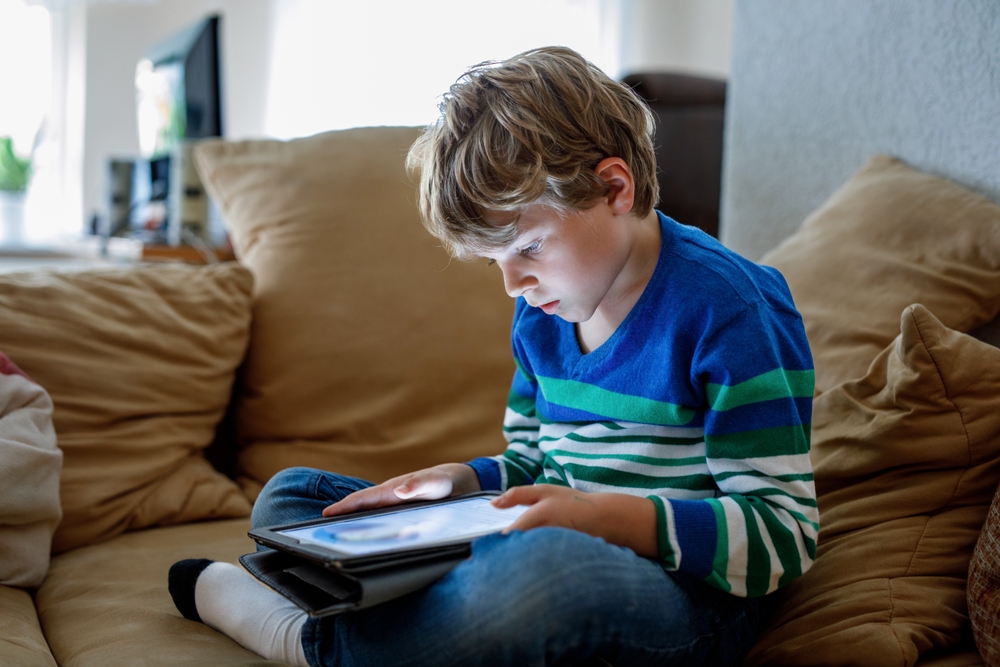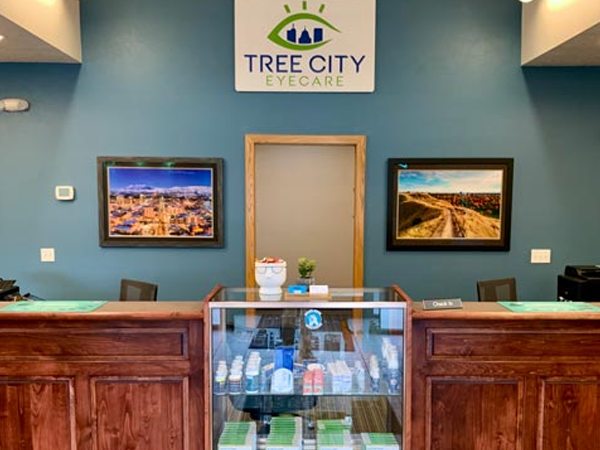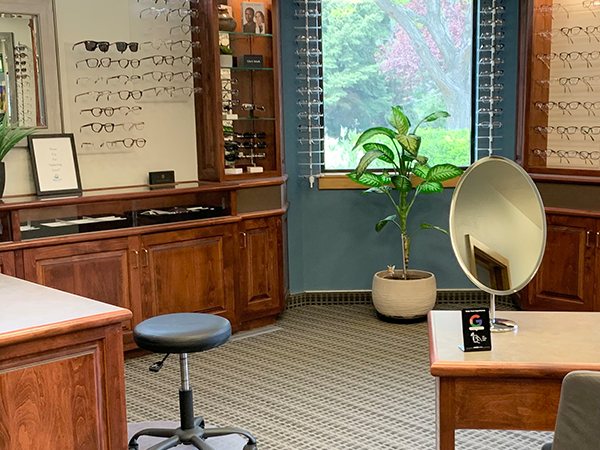
In today’s digital age, children are spending more hours than ever on tablets, computers, and smartphones. While these devices are part of everyday life for learning and fun, many parents are concerned about how constant screen time may affect their child’s eyes. One of the biggest concerns is myopia, a condition that’s becoming increasingly common in kids worldwide.
How Screen Time Affects Vision
When kids focus on screens for long periods, their eyes work harder to maintain close-up focus. This can cause eye strain, fatigue, and, over time, contribute to the development or progression of myopia. Research shows that children who spend more time outdoors, in natural light, tend to have a lower risk of becoming nearsighted compared to those who spend much of their time indoors on screens.
What Parents Can Do
While it’s unrealistic to eliminate screen use entirely, there are steps you can take to help protect your child’s vision:
• Encourage outdoor play: Aim for at least 90 minutes outside each day.
• Take frequent breaks: After every 30 minutes of near work or screen time, encourage your child to take a minimum of a 5-minute break to do an activity that doesn't require up-close viewing.
• Create healthy screen habits: Limit recreational screen time and ensure good lighting when reading or using devices.
• Schedule regular eye exams: Early detection is key to managing myopia and preventing long-term complications.
Myopia Management Treatments That Make a Difference
If your child is already nearsighted, there are several advanced treatment options available to help slow the progression and protect their long-term vision.
One option is Orthokeratology (Ortho-K), which uses special overnight contact lenses that gently reshape the cornea. Kids wear them while they sleep, and by morning, they can see clearly throughout the day without needing glasses or daytime contacts.
Another treatment is low-dose atropine eye drops, which have been shown to effectively reduce the rate of myopia progression in children. These drops are prescribed and monitored by an eye doctor to ensure safe and effective use.
Multifocal soft contact lenses are also a proven solution. These lenses are designed with different focusing zones that not only provide clear vision but also help control the way the eye grows, which slows down the worsening of myopia.
These treatments do more than simply correct blurry vision - they actively manage how quickly your child’s eyesight changes. By slowing progression, they can reduce the risks of developing high myopia in adulthood, which is linked to serious eye conditions such as retinal detachment and glaucoma.
Take the Next Step for Your Child’s Eyesight
Screen time plays a role in the rising rates of childhood nearsightedness, but parents can take proactive steps to help. Combining healthy habits with proven myopia management treatments can make a real difference in preserving your child’s vision for the future.
At Tree City Eyecare, we provide pediatric eye exams and personalized myopia management plans for families Boise and surrounding areas. Visit our office in Boise, Idaho, call (208) 375-3871, or book your appointment to learn which treatment option is right for your child.




